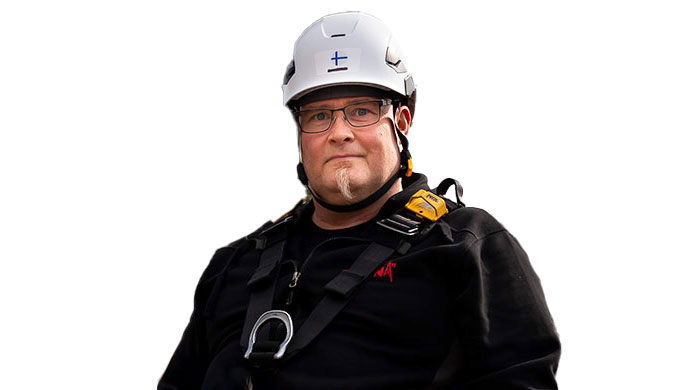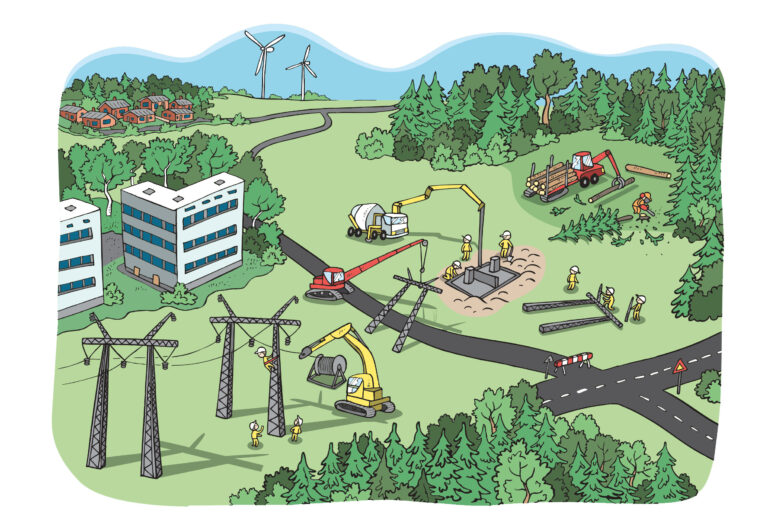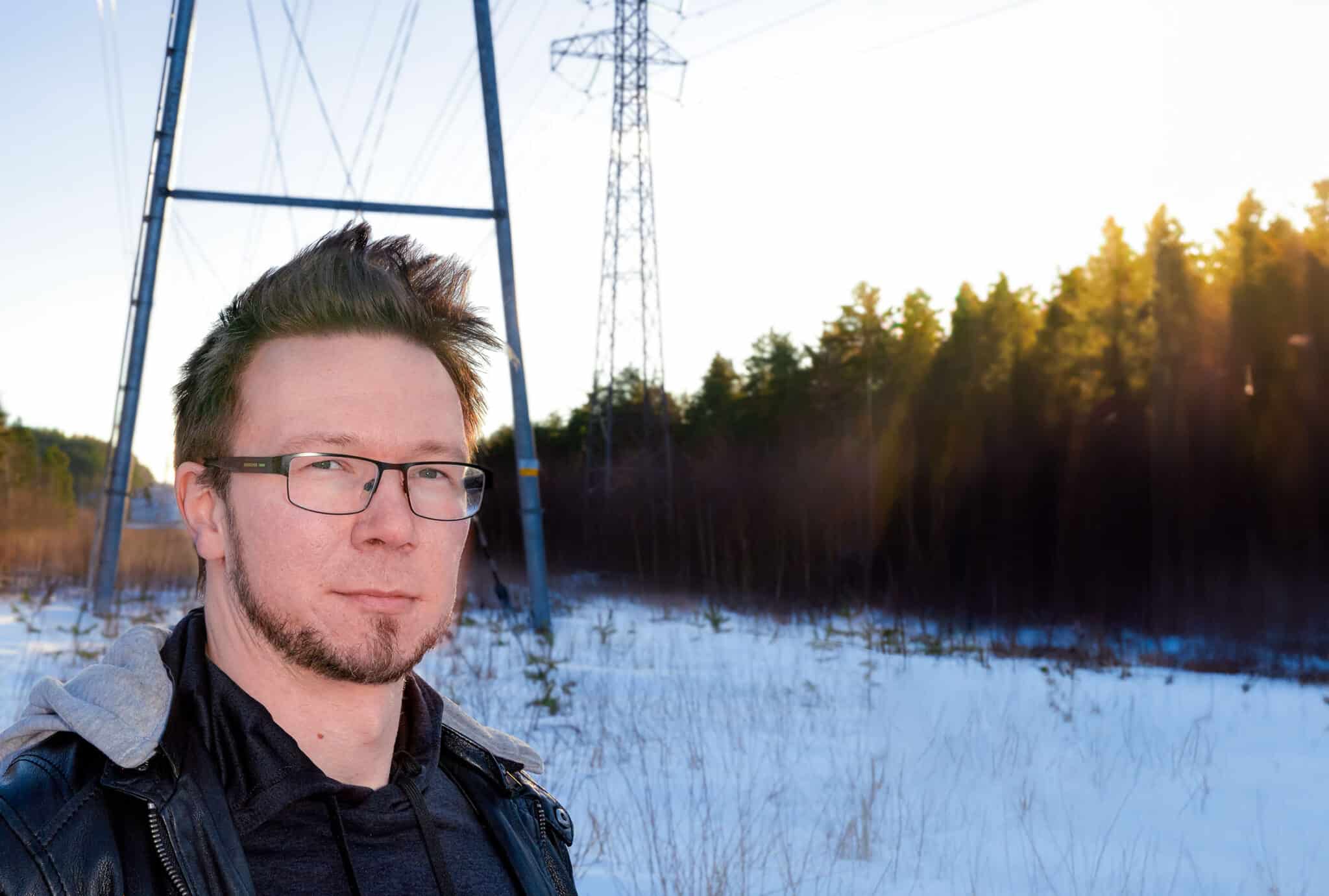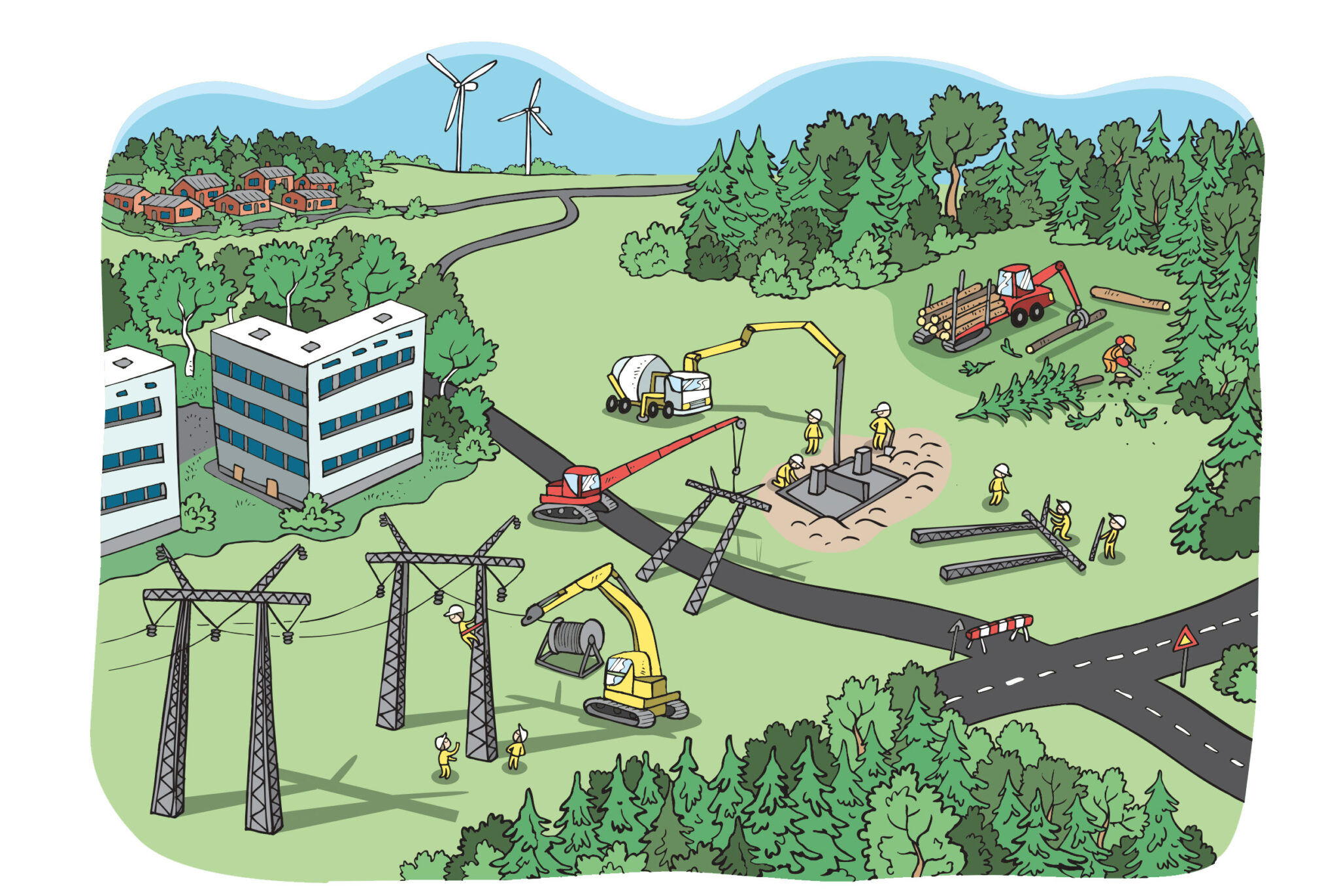1. What are the most important things to consider when working at heights?
In most cases, occupational accidents are caused by attitude issues. One may think that as they are not working so high right now, they can do just this little thing without securing the lanyard.
Even if everything else, such as education, safety equipment, mental and physical condition, are in order but the right attitude is missing, we are on dangerous ground.
The right attitude means uncompromising compliance with instructions in every situation.
2. What are the employee’s responsibilities, and how about the employer?
The employee must wear the personal protective equipment provided by the employer and follow the instructions provided. If the employee observes any shortcomings in occupational safety, they are obliged to intervene and, if possible, correct the shortcoming or report it a manager. Work must be interrupted until the shortcoming is corrected and work can continue safely.
Correspondingly, the employer must provide instructions and equipment for safe work as well as training on the use of the equipment. In addition, the employer must provide adequate training on, for example, evacuating a person hanging by their harness.
3. What does a risk assessment involve?
The employer must conduct a thorough risk assessment at every worksite. The risk assessment examines, for example, the mechanical forces present at a power line, electrical hazards, structures and their condition as well as other factors that affect the safe performance of work. Work methods are selected based on these.
A working team may also find it necessary to update the risk assessment and the planned work methods. Such situations may arise due to the proximity of live components, external energy sources, external persons, traffic, other teams or the prevailing weather conditions.






